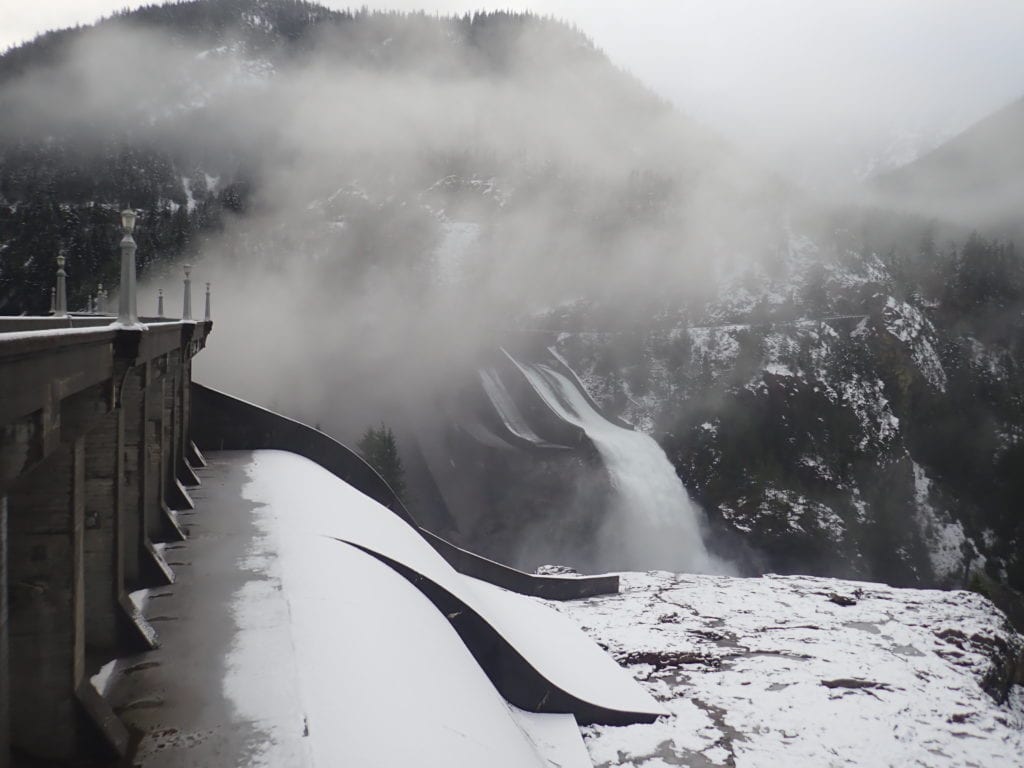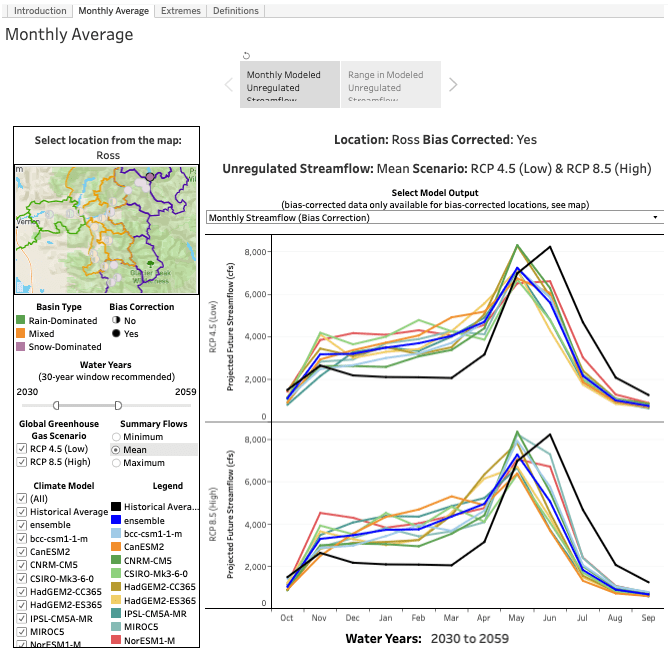
As we continue to celebrate the 50th anniversary of the first Earth Day, we are highlighting City Light’s projects and initiatives that study and address the effects of climate change in our region. This is a guest post authored by Climate Change Research and Adaptation Advisor Ronda Strauch.
As the rain returns to the Pacific Northwest and waters our “victory gardens,” we are reminded of how precious water truly is. Seattle City Light is always mindful of this vital resource as it supplies nearly 90% of our customer’s power through hydroelectric generation. This generation is fueled by streams nourished with melting snowpack in the Cascades and Rocky mountain ranges. This year’s snowpack is at or just above average, providing one less worry in this time of heightened anxiety. But City Light knows this will not always be the case. Climate change is altering our snowpack and streamflows.
Thus, City Light is taking action to prepare for these changes by supporting research to better understand future streamflows. This research is being used to plan for operations and power management as the climate changes.

Over the past five years, City Light has worked with the University of Washington (UW) to model streamflows in the Skagit River watershed. This river provides a vital source of water for City Light’s Skagit Hydroelectric Project, which typically supplies about 20% of our customer’s power needs in the Seattle area. To co-produce usable science, City Light and the UW transformed the streamflow modeling into a new streamflow visualization in collaboration with Environmental Science Associates, Skagit Climate Science Consortium, Swinomish Indian Tribal Community and the Sauk-Suiattle Indian Tribe. This interactive tool is now available online at skagitclimatescience.org/projected-changes-in-streamflow/.

As the climate warms and snowpack becomes more variable, agencies such as utilities want information on what to consider as they prepare for potential changes in streamflows. This easy-to-use tool provides data and graphs of modeled monthly and extreme (high and low) streamflow at 20 locations in the Skagit River watershed. It allows visualization of projected changes in streamflow between historical and future periods over the 21st century. Uncertainty in streamflows is shown through multiple global climate models and future scenarios of atmospheric greenhouse gas concentrations. The visualization and streamflow data can be used in City Light’s long-term planning, such as the Integrated Resource Plan and hydroelectric project relicensing, as well as in designs for long-lived infrastructure and resource projects that are adapted to future streamflows affected by changing climate. City Light is proactive in preparing for climate change by helping develop and using the best available science to adapt our operations to ensure sustainable power for our customers as the climate evolves.
Ronda Strauch joined Seattle City Light in July 2018 as a Climate Change Research and Adaptation Advisor in the Science Policy Unit of the Environment, Land and Licensing Business Unit. She recently obtained her PhD from the University of Washington in the Department of Civil and Environmental Engineering, specializing in landslide and hydrologic modeling. When time allows, Ronda enjoys gardening, hiking, kayaking, and mountain climbing.